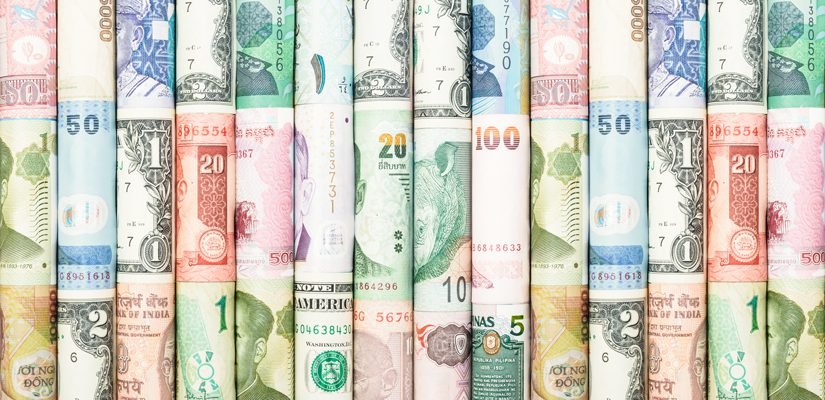- On Friday, USD/JPY is still facing strong selling pressure after three consecutive days.
- The BoJ is anticipated to adopt a more hawkish stance, which strengthens the JPY and lowers the pair.
- More USD purchases could provide support and help halt further losses.
The USD/JPY pair drifts lower for a third straight day on Friday, extending this week’s rejection decline from the 133.00 level. During the first half of the European session, spot prices plunge to their lowest level since February 10. Bears are now attempting to push the downward trend even lower, under the psychological level of 130.00.
In response to domestic statistics revealing that an essential measure of Japan’s consumer prices grew at their quickest rate since 1982 in February, the Japanese Yen (JPY) gains across the board. In fact, Japan’s core-core CPI—which includes alcoholic beverages but excludes energy and food prices—accelerated to 3.5% in February, marking the country’s fastest year-over-year growth in 41 years. This increases the likelihood that the Bank of Japan (BoJ) may alter its bond yield control policy in the near future, which supports the domestic currency and keeps the USD/JPY pair under pressure.
A fresh drop in US Treasury bond yields, driven by the Federal Reserve’s indication that it may soon suspend the rate-hiking cycle in response to the recent turbulence in the banking sector, is another clue for bearish traders. In fact, the yield on both the rate-sensitive two-year Treasury note and the benchmark 10-year US government bond are still hovering around a six-month low seen earlier this week. This causes the US-Japan rate disparity to further shrink, which is seen to be another element that encourages flows towards the JPY and adds to the tone of strong offer surrounding the USD/JPY pair.
The US Dollar (USD), on the other hand, is building on the overnight goodish comeback from a seven-week low and getting some follow-through thrust for the second straight day. This is preventing negative traders from making new bets on the USD/JPY pair, which is hence limiting the downside, at least temporarily. Nonetheless, spot prices are still on course to post weekly losses for the fourth time in a row, and the fundamental environment described above raises the possibility that the recent rejection slip from the 200-day Simple Moving Average will continue (SMA).
The publication of the Durable Goods Orders data and the flash PMI prints for March later in the early North American session are the two items on the US economic docket that market players are presently anticipating. This could affect the USD price dynamics and give the USD/JPY pair some momentum, along with the US bond yields. On the final day of the week, traders will also take cues from the general risk attitude in order to seize short-term chances.
Source: FxStreet





